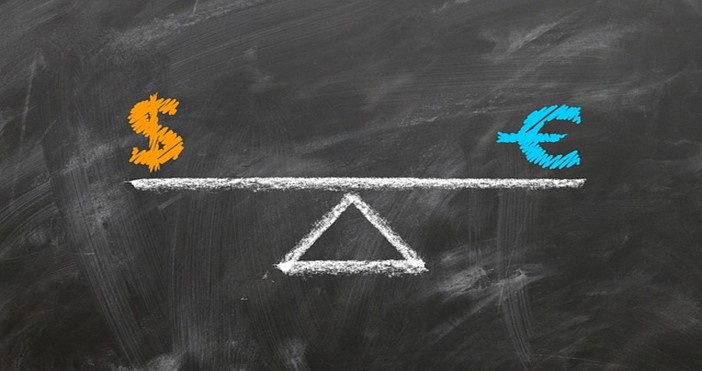Granolas versus the Magnificent Seven
13 March 2024 _ News

The Challenge of Barletta in the 21st Century
Goldman Sachs, a true leader in the field when it comes to creating catchy and imaginative acronyms (credited with the famous BRICS acronym), has coined another one: GRANOLAS, to denote a list of 11 European companies that together account for about a quarter of the total market capitalization of the STOXX 600. The eleven "heroes" fielded by the American investment bank to defend European pride are: GSK, Roche, AstraZeneca, Novo Nordisk, Nestlé, Novartis, L'Oréal, LVMH, ASML, Sanofi, and SAP. The more or less stated goal is to find a European alternative to the formidable Magnificent Seven of Wall Street.
The main strengths of the GRANOLAS include their less expensive valuations compared to their American rivals (20x versus 30x P/E) and a higher dividend yield distribution to shareholders (25% average dividend yield versus 3% for the Magnificent Seven). Furthermore, the bank's analysts have highlighted that, considering the period from 2021-2024, the GRANOLAS have kept pace with the Magnificent Seven in terms of returns. However, changing the time horizon to consider only 2023 and the first quarter of 2024, the comparison becomes merciless with a +90% growth for the American stocks against a +25% achieved by the European stocks. Additionally, the fortunes of the Granolas stocks from January 2023 to date appear quite divergent. While Novo Nordisk, SAP, and ASML all show gains greater than 70%, on the other hand, Roche and Nestlé register losses of up to 20%.
Beyond past performances, however, what is of greater interest are the valuations and the "quality" of the stocks involved. In this sense, in our view, there are indeed substantial contents, at least for some of these already present in our portfolios.
Perhaps there was no need for a new acronym so much so that the Granolas-Magnificent Seven "battle" reminds us very much of a modern reinterpretation of the Challenge of Barletta from the 16th century, one of those historical cycles that Giambattista Vico would call "corsi e ricorsi." The Challenge of Barletta was a legendary duel that took place in 1503 between 13 Italian and 13 French knights, provoked by an altercation during the sack of Capua. The duel was fought in Barletta and saw the victory of the Italians, reaffirming national pride and becoming a symbol of Italian identity.
In the 21st century, the weapons are no longer lances and shields but stocks and profits to satisfy the thirst for revenge. And in this arena, European markets have always been seen as less attractive to investors compared to the American market, primarily due to the inefficiencies of the market structure and the type of financial culture rather than the value of the individual companies.
The structure of the European market is more complex than the American one. The U.S. market has 3 listing exchanges, 16 trading exchanges, and a single central clearing house. On the other hand, the European market has 35 listing exchanges, 41 trading exchanges, and 18 central clearing houses. Indeed, almost every European country has its own listing venue, which politicians consider a matter of national pride. This divides liquidity and makes operations more complicated.
Moreover, European investors have historically been more risk-averse compared to their American counterparts and less willing to support new companies that have yet to turn a profit, preferring instead to keep their savings in the form of bank deposits or generally low-risk investments.
In conclusion, marketing aside, this story certainly leads to an interesting conclusion: even on European listings, one can find interesting stocks to bet on that have little to envy in terms of both intrinsic value and growth prospects compared to American champions. So, let's put aside the slogans and hold on to the stocks.
The contents of this informative message are the result of the free interpretation, evaluation and appreciation of Pharus Asset Management SA and constitute simple food for thought.
Any information and data indicated have a purely informative purpose and do not in any way represent an investment advisory service: the resulting operational decisions are to be considered taken by the user in full autonomy and at his own exclusive risk.
Pharus Asset Management SA dedicates the utmost attention and precision to the information contained in this message; nevertheless, no liability shall be accepted for errors, omissions, inaccuracies or manipulations by third parties on what is materially processed capable of affecting the correctness of the information provided and the reliability of the same, as well as for any result obtained using the said information.
It is not permitted to copy, alter, distribute, publish or use these contents on other sites for commercial use without the specific authorization of Pharus Asset Management SA.


